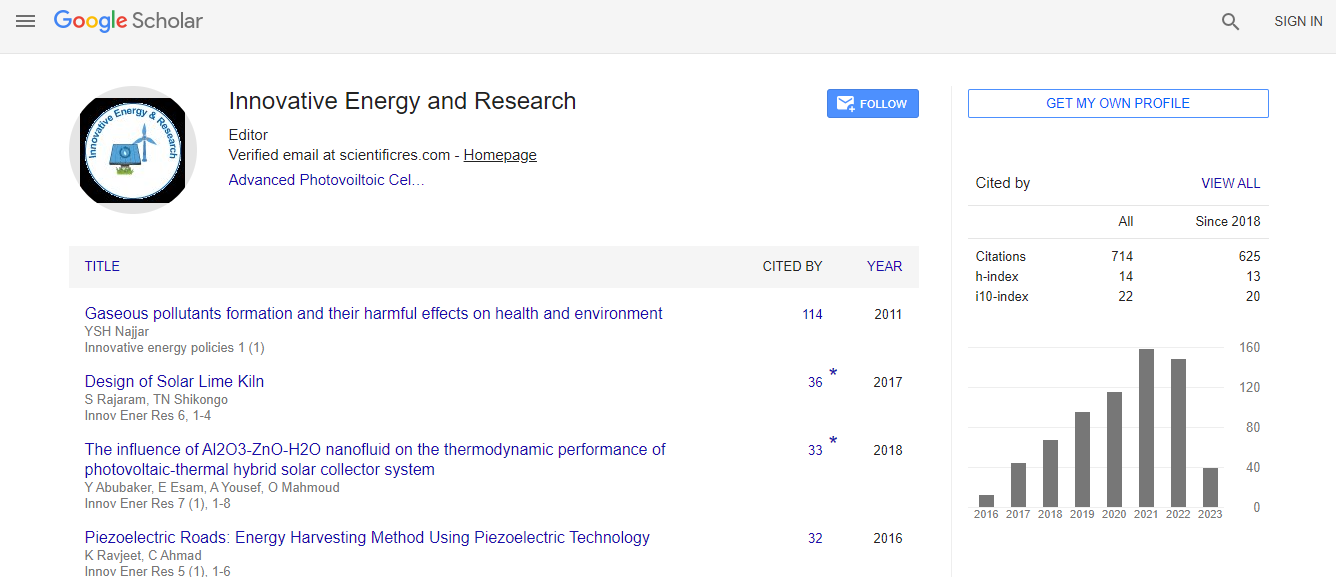Feasibility Analysis for Power Generation from a Lab-made Intermediate Temperature-Solid Oxide Fuel Cell Using Liquid Alcohol Fuels
Abstract
Liquid hydrocarbon fuels (HCf) have a high volumetric energy density, are easy to transport and safer in operation than hydrogen for SOFC power generation, and there is no carbon tax if the HCf is made from renewable sources. Bio-alcohol fuels and an understanding of the cost structure of the energy technology are necessary for validation of this important power generation system. This study gasified methanol and ethanol to prove syngas, in which the content of three small molecular fuels (H2, CO, and CH4) are studied after the gasification and the following, thermo-cracking/ reforming. One lab-assembled furnace and reforming catalyst, containing activated Ni/Sm-CeO2/g- alumina carrier was used for the reforming tests for SOFC operation. The raw material costs and optimizing the processing steps are used for an activity-based costing (ABC) system to estimate the costs of a lab-scale SOFC using liquid hydrocarbon as fuels. The operation of the power generation was based on an energy conversion efficiency of 50 %, a 700 W SOFC, a total operational lifetime of 20,000 h, and a catalyst lifetime of 10 days. The costs are evaluated and compared with the electricity cost report of Taipower Co., Taiwan (TPC). This small-scale system is proposed as a potential alternative to that of combustion power generation might incur a carbon tax.

 Spanish
Spanish  Chinese
Chinese  Russian
Russian  German
German  French
French  Japanese
Japanese  Portuguese
Portuguese  Hindi
Hindi 
